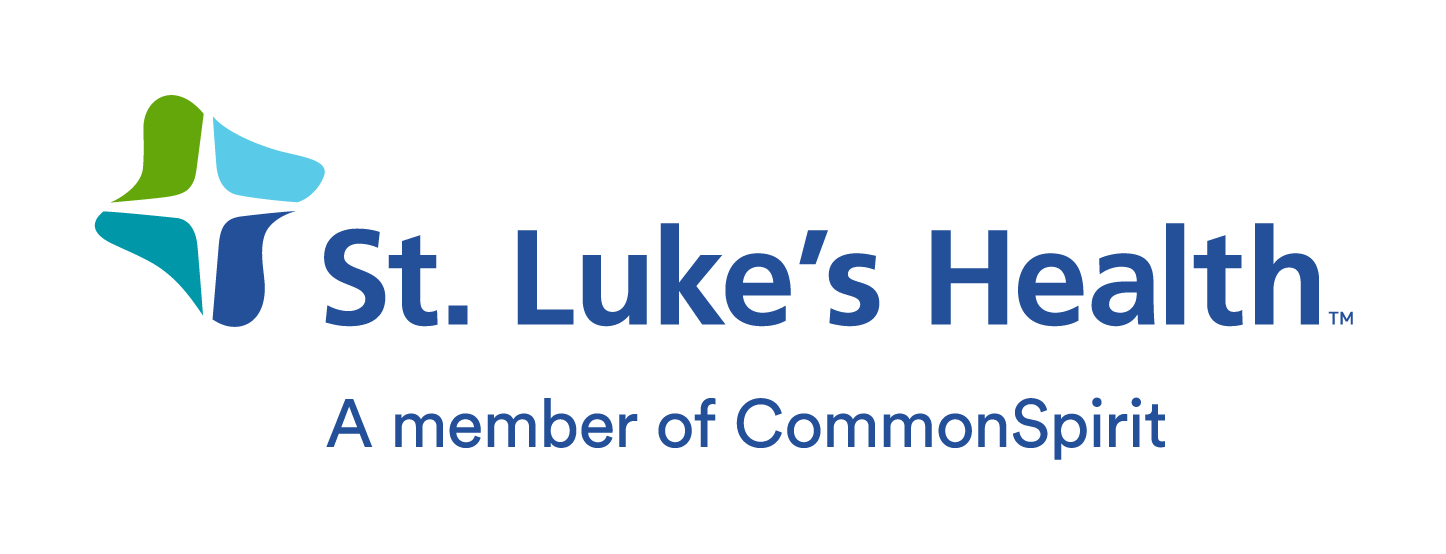For hospitals and health care systems, one of the pillars of supporting healthy communities is providing high-quality cardiac care. Access to cardiac care is imperative—heart disease claims more lives than any other cause of death—and in the future, its importance will be impossible to overstate. Experts predict a major increase in the rates of cardiovascular diseases in the coming decades.
At St. Luke’s Health-Memorial in Lufkin, we serve a large, rural region where the need for cardiac services is acute. Over the years, we developed a top-level cardiac service line that earned the American College of Cardiology’s Chest Pain Center with Primary PCI designation for our around-the-clock ability to care for patients with heart attack symptoms.
Many factors that were instrumental in developing and sustaining our stroke service line, which I wrote about in the first installment of this series, helped us do the same with cardiac services. These factors include establishing and staying true to the vision for the program, supporting the experts who provide care, and taking advantage of being part of a top-notch health system that includes one of the nation’s best hospitals for cardiology and heart surgery. Those aren’t the only factors, however, that contribute to a successful cardiac service line.
Finding the Right Partners
Providing heart care is a massive undertaking that takes a strong team. The cardiac service line at St. Luke’s Health-Memorial wouldn’t be possible without the vision, expertise and commitment of a diverse group of clinicians. Their buy-in is essential.
We’re fortunate to work closely with the Heart Institute of East Texas, P.A., whose physicians established a vision for cardiac care in our region 40 years ago. In 2013, St. Luke’s Health-Memorial and the Heart Institute of East Texas formed an affiliation, giving local residents seamless access to our leading-edge cardiac catheterization lab and the physician group’s expertise. This relationship helped St. Luke’s Health-Memorial build a reputation for delivering excellent cardiac care.
Constant Communication and Evaluation
The pace of change in health care can be swift, and keeping pace requires dialogue among key stakeholders. Each month, St. Luke’s Health-Memorial administration and physician leaders meet to discuss every aspect of the cardiac service line. We talk about patient outcomes, education, staff training, equipment needs, health care trends and where we think cardiac care is headed.
To me, this monthly meeting is the best way to ensure the cardiac service line stays top of mind. This type of gathering doesn’t take place in every hospital or for every service line, but it speaks to the importance of cardiac care and to our mission of providing excellent patient care. Our monthly meeting is the perfect setting to evaluate our cardiac service line vision and how the program is performing. “What’s our vision for cardiac services now? What will this vision look like in three or five years?” These are the big-picture questions our leaders consider, so the cardiac service line can continue to thrive.
The program can’t fulfill its potential unless we subject it—and the job we’re doing—to scrutiny. Constant evaluation is essential to take advantage of opportunities for improvement, identify best practices to deploy, take stock of our resources and determine what tools we need to enhance patient care.
Strategic Investments
From cardiac catheterization labs to imaging modalities, cardiac care is a capital-intensive service line. We’re constantly planning for capital commitments and gauging what our future equipment needs will look like. This planning process is integral to ensuring the program always functions at its highest state.
Investing in innovative solutions for our patients helps us stay on the leading edge of cardiac care. These investments are clinician-driven. Our electrophysiologists, for example, have introduced new techniques and technologies that are making a big difference for the patients in our rural region. One such innovation is the WATCHMAN Implant, a device that can reduce the risk of stroke related to atrial fibrillation. Being able to provide treatment options such as WATCHMAN in East Texas is significant for our patients. Previously, residents of our region might have had to travel to Houston or Dallas to find advanced therapies now available locally.
Forward-Looking Focus
I’m thrilled with what our cardiac team has accomplished in service to our patients, but I’m not satisfied. Satisfaction can lead to stasis, and that’s not good for a high-level service line. A collective desire to keep moving forward is vital to any top-notch cardiac program. Knowing there’s more to do and new opportunities to help patients is exciting.
How will the cardiac service line at St. Luke’s Health-Memorial continue evolving? We want to make care as convenient as possible, which is why we’re looking to add more treatments, such as transcatheter aortic valve replacement. We recognize that the burden of heart disease increases for patients when they have to travel far from home and their network of support.
One of the basic tenets of health care is to respond to patients’ needs. That’s what our cardiac service line is doing, in two ways. We not only provide closer-to-home access to a growing range of services. We also engage in educational outreach to the communities we serve to increase awareness of heart disease risk factors and empower people to take charge of their cardiovascular health. For us, reducing the risk of cardiovascular diseases is as important as helping patients achieve the best treatment outcomes possible.




